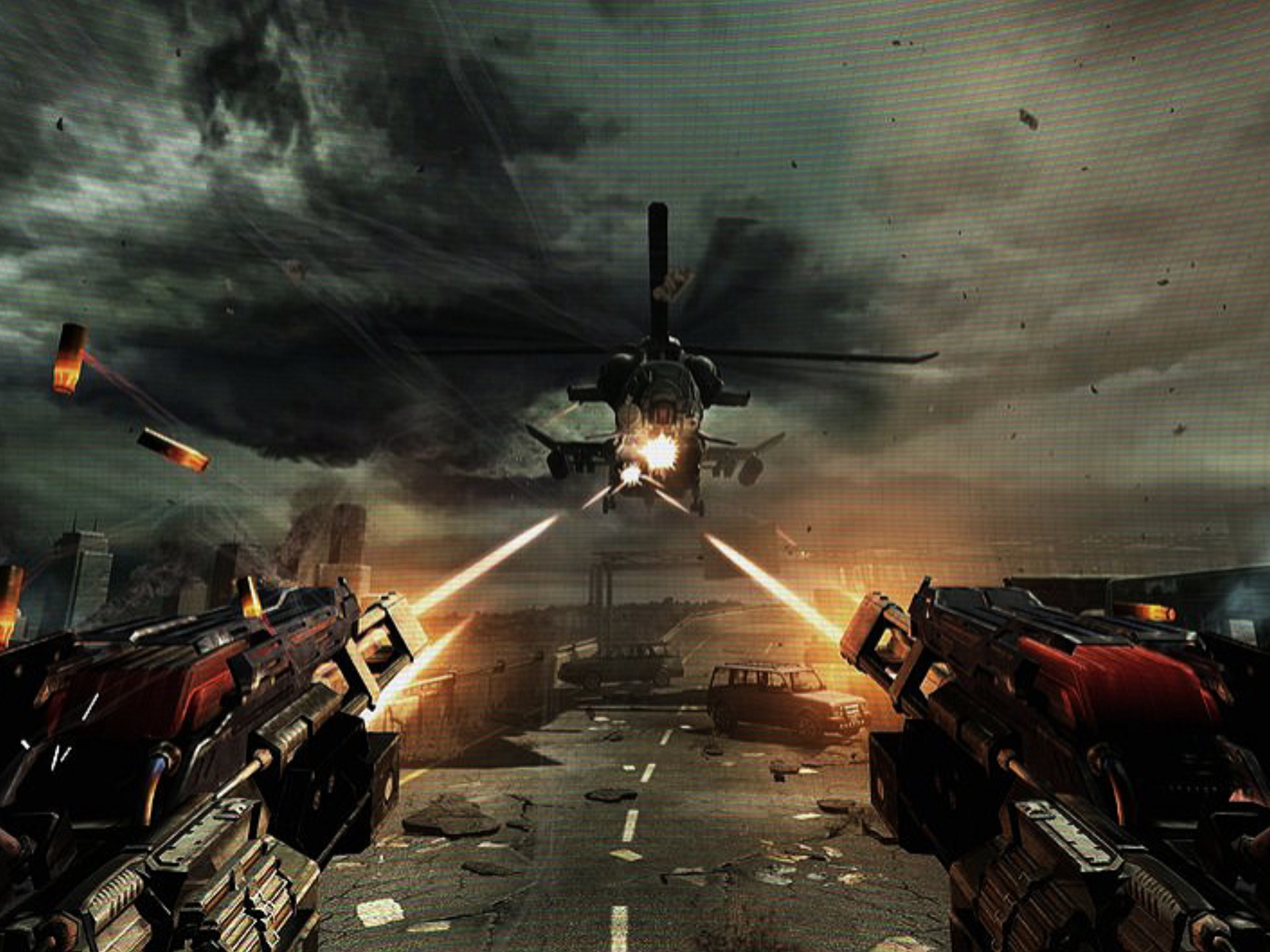Performance on Switch: Is Portable Gaming Worth It?
Introduction
The Nintendo Switch has revolutionized gaming by offering both home console and portable experiences in one device. Since its launch in 2017, the hybrid console has gained immense popularity, but questions remain about its performance—especially when compared to traditional home consoles and gaming PCs.
Is the Switch’s portability worth the trade-offs in graphical fidelity and processing power? This article explores the Switch’s performance, its strengths, limitations, and whether it truly delivers a satisfying gaming experience on the go.
The Switch’s Hardware: A Double-Edged Sword
Tegra X1: Aging but Efficient
The Nintendo Switch runs on Nvidia’s Tegra X1 chip, a mobile processor that was already outdated at launch. While efficient for portable gaming, it struggles to match the raw power of the PlayStation 4, Xbox One, or modern gaming PCs.
- Docked Mode: 1080p at 30 FPS (sometimes 60 FPS for lighter games)
- Portable Mode: 720p at 30 FPS (with occasional frame drops)
Many third-party AAA titles, such as The Witcher 3 and Doom (2016), require significant downgrades to run on the Switch. However, Nintendo’s first-party games (The Legend of Zelda: Breath of the Wild, Super Mario Odyssey) are optimized to run smoothly despite hardware limitations.

Thermal and Battery Constraints
Portability comes with compromises:
- Battery Life: Ranges from 2.5 to 9 hours, depending on the game.
- Thermal Throttling: Intensive games can cause the Switch to heat up, leading to performance drops.
The Switch OLED improved screen quality but didn’t upgrade processing power. The Switch Lite is even weaker, lacking docked mode entirely.
Performance vs. Portability: The Trade-Off
Where the Switch Excels
- Exclusive Nintendo Games – Titles like Animal Crossing: New Horizons and Metroid Dread are designed for the Switch and run flawlessly.
- Indie Games – Pixel-art and 2D games (Hades, Stardew Valley) perform excellently.
- Local Multiplayer – The Joy-Cons enable instant co-op gaming anywhere.
Where the Switch Falls Short
- Third-Party AAA Ports – Games like Cyberpunk 2077 and Elden Ring are absent due to hardware constraints.
- Frame Rate Instability – Some open-world games suffer from inconsistent FPS.
- Loading Times – The Switch’s eMMC storage is slower than SSDs in next-gen consoles.
Is the Switch’s Portability Worth It?
For Casual and Nintendo Fans: Yes
If you love Nintendo exclusives or prefer gaming on the go, the Switch is unmatched. The ability to seamlessly transition from TV to handheld mode is a game-changer for commuters and travelers.
For Graphics-Focused Gamers: No
If you prioritize 4K resolution, high frame rates, and cutting-edge visuals, the Switch will disappoint. A gaming PC, PS5, or Xbox Series X offers far better performance.
The Cloud Gaming Alternative
Some demanding games (Control, Hitman 3) are available via cloud streaming on Switch. However, this requires a strong internet connection and isn’t ideal for true portability.
Conclusion: A Niche Worth Filling
The Nintendo Switch isn’t the most powerful console, but its portability makes it unique. For players who value flexibility and Nintendo’s exclusive lineup, the performance trade-offs are justified. However, if raw power is a priority, other platforms will serve you better.
Ultimately, the Switch proves that gaming isn’t just about specs—it’s about the experience. And for millions of players, that experience is worth every frame rate dip.
Tags: #NintendoSwitch #GamingPerformance #PortableGaming #SwitchVsPS5 #GamingTech


















